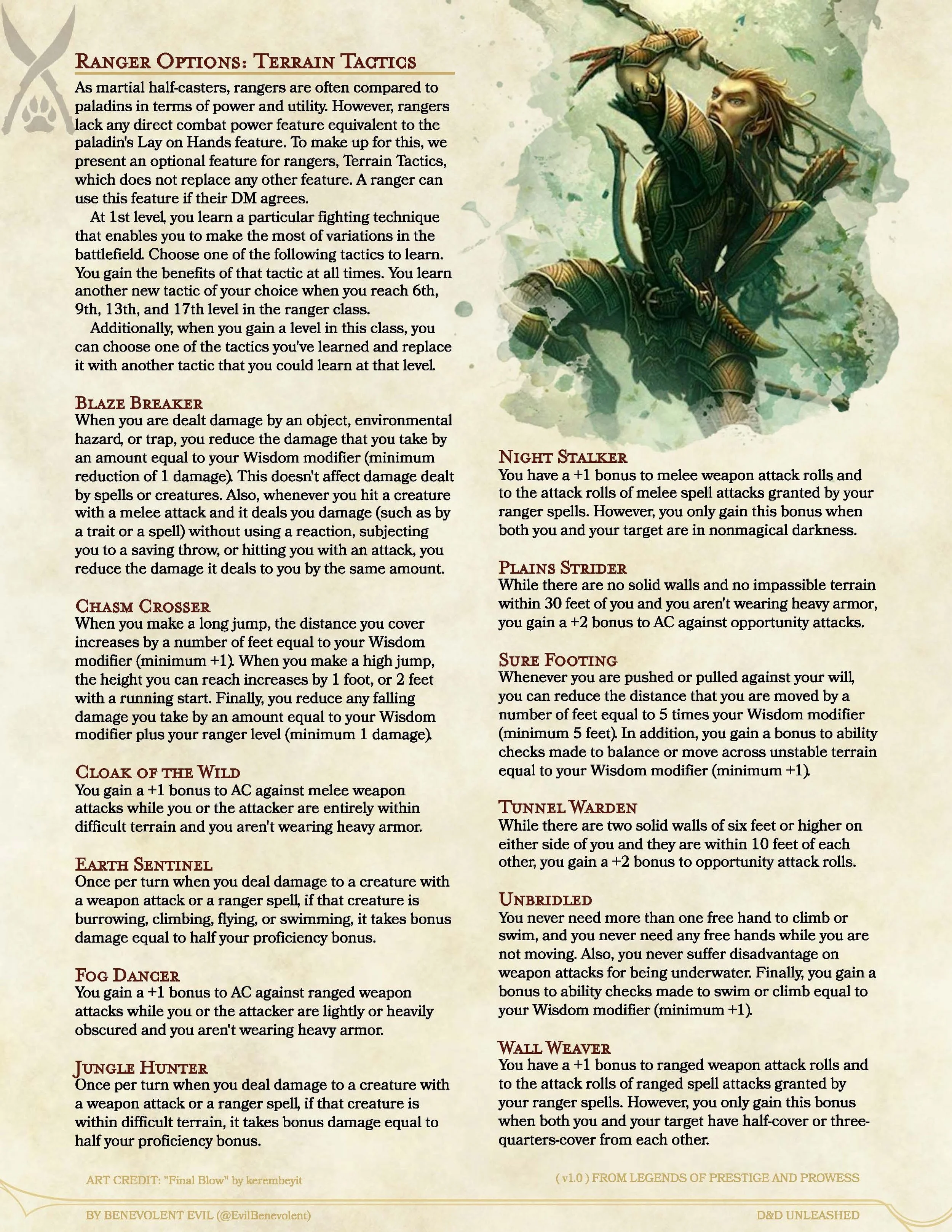Legendary Destiny (Sorcerer)
Art Credit: https://www.artstation.com/artwork/nELB8K
Today we present a sorcerer subclass from the next and final D&D Unleashed compendium, Legends of Prestige & Prowess, designed to fill a similar role as the Bladesinger wizard and the Hexblade warlock: the Legendary Destiny sorcerer. Like most of the subclasses found in the compendium, this one has a versatile and easily-reflavored theme. It is intended to remain relatively simple, allowing sorcerers to wield weapons while they cast spells.
Although similar to the Bladesinger wizard and the Battle Smith artificer, a martial-focused sorcerer subclass is likely to run into similar difficulties as the Hexblade warlock when it comes to maintaining game balance. This is because the sorcerer and the warlock both gain their core subclass features (which enable their sword-and-spellcasting style) at 1st-level. This allows for particularly powerful multiclassing builds, especially when combined with a high-Charisma paladin build. The design of the Legendary sorcerer has benefitted from the lessons learned from the notorious Hexblade multiclass builds. This is one of the two main reasons why the Destined Warrior feature is so limited in its scope. Unlike the Hexblade, this sorcerer subclass only allows you to use your Charisma modifier for weapon attacks if you aren’t using the weapon in two hands, aren’t dual-wielding, don’t have a shield, and aren’t wearing heavy armor. This prevents significant abuse with any optimized paladin build while still allowing a variety of interesting multiclass builds that aren’t quite as powerful for just a single level.
The other reason that the Destined Warrior feature is so limited is to balance the power of this subclass when compared with other sorcerer subclasses. The main benefit of the subclass for 1st-level sorcerers is the medium armor proficiency that it grants, which is likely to elevate the sorcerer’s AC by even more than the natural armor granted by the Dragon sorcerer’s 1st-level feature. Comparatively, the dragon subclass offers more hit points and less of a boost to AC as this subclass. Sorcerer subclasses aren’t usually supposed to grant offensive power at level 1, so this fits within the general design philosophy. For these reasons, weapon choice is limited to weapons that max out with a d8 and can’t be combined with feats like Sharpshooter, Great Weapon Master, or Polearm Master. Even with such limitations, a level 1 sorcerer using the Destined Warrior feature to attack with a longsword can easily deal more damage than can be done with sorcerer cantrips. The balancing factor in that case is that they are limited to melee range and still have the small hit point pool granted by the sorcerer class, making the decision to engage in melee range a high-risk/high-reward scenario.
The 6th-level feature, as with most sorcerer subclasses, is designed as a major offensive power boost. It may seem to grant the same damage boost as the Bladesinger wizard’s 6th-level Extra Attack feature, but sorcerers are intended to have more of their power budget in their subclass features, and this is no exception. Because the sorcerer can invest in Charisma to boost both their spells and their weapon attacks, using cantrips such as Booming Blade in combination with the Extra Attack feature is an even more potent tactic than for Bladesingers. The other 6th level feature is a minor ribbon that only applies in low-magic campaigns where the sorcerer can’t expect to find a magic weapon before level 6. The 14th and 18th-level features are both intended to give the sorcerer more ways to use their sorcery points (and thus also their spell slots) during battle without having to stop using their weapon. They also help the subclass fit into a more generic theme that can fit a wide variety of character concepts, which is one of the design goals of the entire Legends of Prestige & Prowess compendium.








